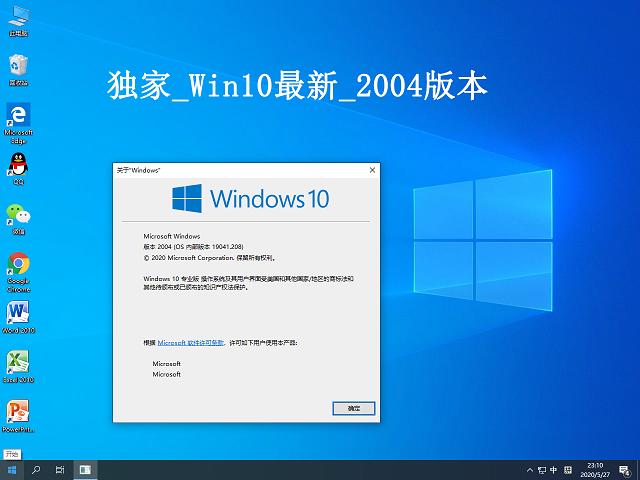
Windows 10 Download 64-bit: A Comprehensive Guide
Are you looking to download the 64-bit version of Windows 10? Whether you’re a tech-savvy user or just starting out, understanding the process and the benefits of choosing the 64-bit version is crucial. In this detailed guide, we’ll explore everything you need to know about downloading the 64-bit version of Windows 10.
Why Choose the 64-bit Version?
The 64-bit version of Windows 10 offers several advantages over its 32-bit counterpart. Here are some key reasons why you might want to opt for the 64-bit version:

- Better Performance: The 64-bit version can handle more memory, which can lead to improved performance, especially when running resource-intensive applications.
- Support for More RAM: 64-bit versions of Windows can support up to 128GB of RAM, compared to just 4GB for the 32-bit version.
- Compatibility: Many modern applications and devices are designed to work with 64-bit operating systems, ensuring better compatibility and performance.
How to Download the 64-bit Version of Windows 10
Now that you understand the benefits of the 64-bit version, let’s dive into the process of downloading it. Here’s a step-by-step guide to help you get started:
- Check Your System: Before downloading the 64-bit version, ensure that your computer meets the minimum system requirements. You can check your system’s specifications by pressing
Windows + Pause/Breakon your keyboard. - Visit the Microsoft Website: Go to the official Microsoft website and navigate to the Windows 10 download page.
- Select the Edition: Choose the Windows 10 edition that suits your needs (e.g., Home, Pro, Enterprise). Make sure to select the 64-bit version.
- Download the ISO File: Click on the download link for the 64-bit ISO file. This file will be used to create a bootable USB drive or burn it to a DVD.
- Create a Bootable USB Drive or Burn to DVD: Use a tool like Rufus or Windows Media Creation Tool to create a bootable USB drive or burn the ISO file to a DVD.
- Install Windows 10: Insert the bootable USB drive or DVD into your computer and follow the on-screen instructions to install Windows 10.
System Requirements for Windows 10 64-bit
Before you proceed with the download, ensure that your computer meets the following minimum system requirements for the 64-bit version of Windows 10:
| Component | Minimum Requirement |
|---|---|
| Processor | 1 GHz or faster processor or SoC |
| RAM | 1 GB for 32-bit or 2 GB for 64-bit |
| Storage | 16 GB for 32-bit or 20 GB for 64-bit |
| Graphics Card | DirectX 9 or later with WDDM 1.0 driver |
| Display | 800 x 600 resolution |
Additional Tips
Here are some additional tips to ensure a smooth download and installation process:
- Backup Your Data: Before installing Windows 10, make sure to backup all your important data to avoid any loss.
- Use a Fast Internet Connection: Downloading the 64-bit ISO file can take a significant amount of time, so ensure you have a reliable and fast internet connection.
- Check for Updates: Make sure your computer is up-to-date with the latest drivers and updates before installing Windows 10.
By following this comprehensive guide, you should now have a clear understanding of how to download the





